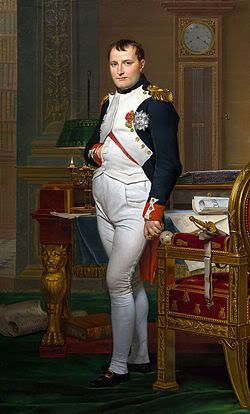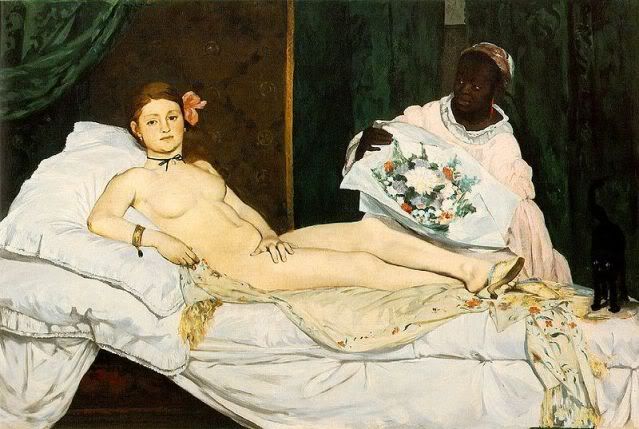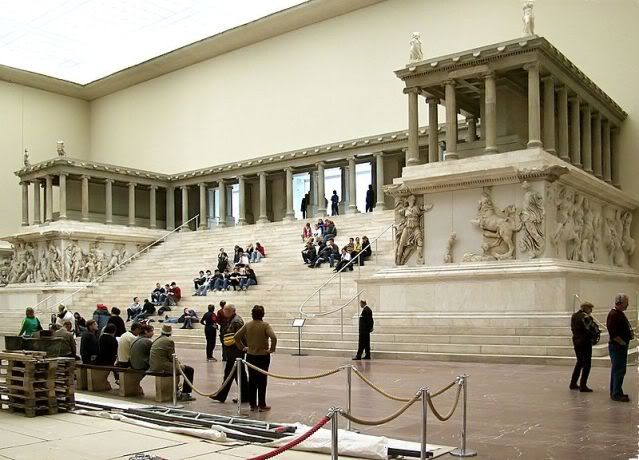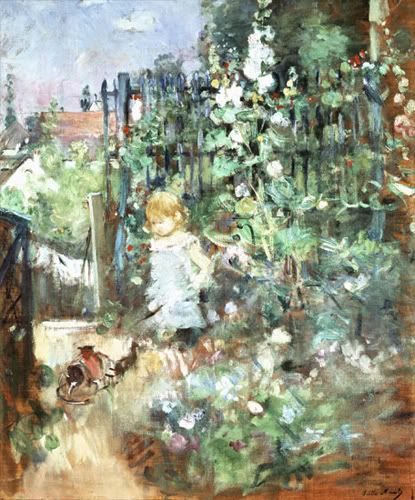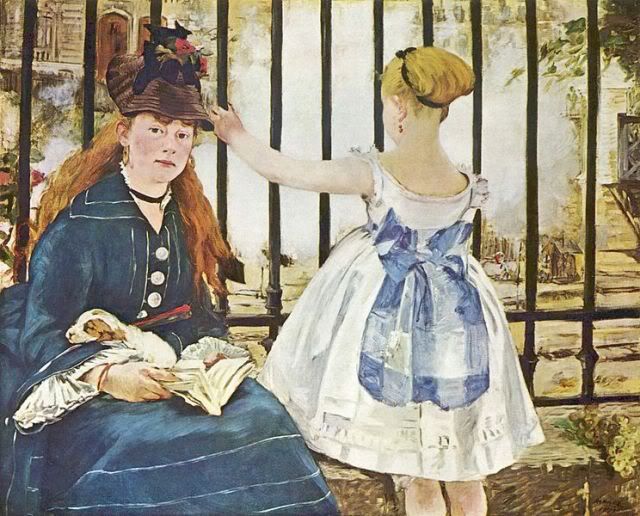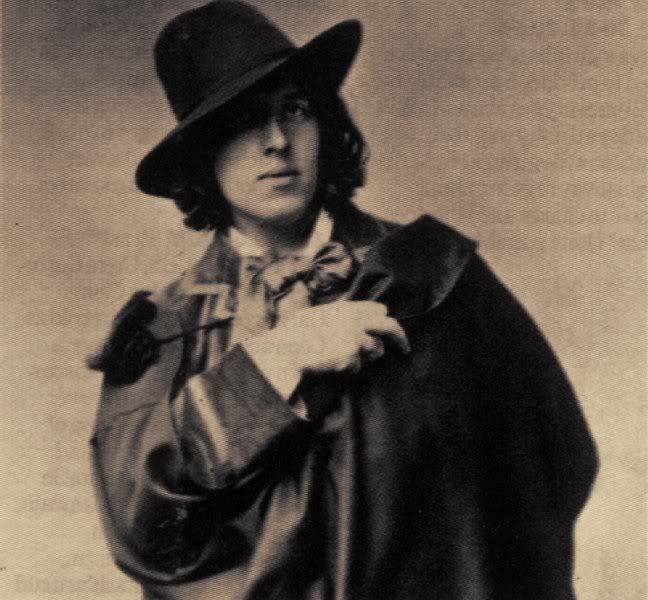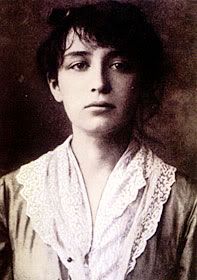Welcome to the August 3, 2011 edition of the art history carnival!
architecture
"Well into the 19th century, the educated viewer could read a building as one reads a book, but today the language of classicism is largely mute to us, much of its meaning lost and eroded by time and the relentless evolution of human societies." Andrew Zega and Bernd H. Dams presents a symbolism refresher-course in Architectural Symbolism 101: Geometry posted at NOTED @ Architectural Watercolors
Helen Webberley presents Napoleon's house in exile: St Helena posted at ART and ARCHITECTURE, mainly, saying, "When Napoleon Bonaparte was sent into exile for a second time, his British captors were very serious about him not escaping again. So they selected St Helena Island, a remote Atlantic island located in the tropics off the west coast of Africa.
Longwood House was Napoleon’s residence, from Dec 1815 until his death in May 1821. Formerly the summer residence of the Lieutenant Governor, Longwood was converted for the use of Napoleon in 1815 and then expanded. Architectural plans and photographs are available. Longwood House has since been accurately restored by French curators and now the house is now an important historical museum owned by the French government."
art history
Feeling in the mood for a little mystery? David Clark shares Piece 22 – Michelangelo’s Fight in the Brancacci Chapel | Michelangelo's Puzzle posted at Michelangelo's Puzzle, saying, "Michelangelo's Puzzle is a 90 piece blog story that will reveal the secret message on the Sistine Chapel ceiling on November 1, 2012 - the 500th anniversary of the ceiling's dedication."
Sedef Piker presents a review of Professor Mary Garrard's landmark article exploring the reception of women artists in the Renaissance, with a focus on Sofonisba Anguissola in Sofonisba Anguissola and the Problem of the Woman Artist posted at Three Pipe Problem
H Niyazi presents Platonic receptacles, Leonardo and the Salvator Mundi posted at Three Pipe ProblemThe post presents a summary of the available provenance and technical data of the newly attributed Leonardo painting depicting Christ as 'Salvator Mundi'. H also provides an iconographical survey of the 'Salvator Mundi' motif in art through preceding ages and examines a Platonic reading for Leonardo's unique depiction of the orb in Christ's left hand, a departure from traditional depictions of a 'globus cruciger'."
Susan Benford compares and contrasts Edouard Manet's Olympia with Titian's Venus of Urbino in Famous Painters: Edouard Manet (she also raises an interesting question: Cezanne and Manet have both been referred to as the "fathers of modern art" - which artist deserves it more?). The post can be found her blog Famous Paintings Reviewed - An Art History Blog.
Finally, Francis P. DeStefano explores the artistic relationship between Giorgione and Titian (and raises interesting questions, such as, could Titian have been hired by Giorgione as a contract worker?)in his post Giorgione and the Young Titian posted at Giorgione et al...
That concludes this edition. Thank-you to everyone who participated. I would also like to thank those who sent in submissions that I was unable to include due to the age of the posts. I have been receiving a lot of wonderful posts each month (thank-you to everyone who has worked so hard to get the word out about the carnival!), which has made it impossible to include older posts.
I will be making an announcement shortly as to whom will be hosting the next issue of the Carnival, since it falls right around my due date (my husband and I are expecting a new addition to the family at the end of this month). I imagine I'll have my hands full next month!
Technorati tags:
art history carnival, blog carnival.


